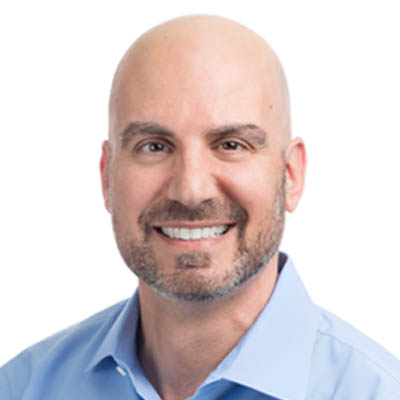Unfortunately, this has confused both new and experienced borrowers, and it’s time to clear up this confusion. First, when you see “90%,” be sure you pay attention to the next four words, which say “of the purchase price.” This means you are getting a loan based on 90% of the cost of the property, AFTER calculating the maximum loan amount at 70% of the ARV. Confused yet? I promise you’re not alone.
Let’s look at some examples to help you understand. If you are buying a house for $100,000 that has an ARV of $150,000, with $5,000 in rehab, your loan amount is going to be $94,500, instead of $105,000. The formula is the maximum loan amount ($105,000 in this example) or 90% of cost plus rehab ($90,000 + $5,000), whichever is less.
Let’s say you are purchasing this same house for $120,000. Based on the advertising, you would think that you were getting a loan amount of $108,000 (90% X $120,000). But, because the maximum loan amount is $105,000 (70% X $150,000), your actual note would be for the same amount, $105,000.
To add to the confusion, the advertising states receiving 100% of the rehab cost. This is true for almost every hard money loan. Lenders want to fund 100% of the rehab cost to make sure that all of the work is getting completed. Therefore, the total rehab cost is built in to every loan. If you are working with a lender that is not loaning 100% of the rehab costs, it is an anomaly, and you may need to find another lender.
What should you expect when looking for a loan? Most lenders will loan up to 70% of the ARV for a flip, and up to 75% for a rental property, regardless of the purchase price. If you buy a deal below the LTV threshold, many lenders will give you 100% financing. Of course, it’s based on your financial profile and the amount you can be approved for, without overextending yourself. And, of course, 100% of the rehab should be included in the loan. Most importantly, read the fine print and do the math to see how any offer will actually work out in the end.

 Mike Hanna is a real estate investor, mentor, author, and public speaker. He has been an active real estate investor since 2002 in both single family and multi-family properties, and has been in the hard money business since 2005.
Mike Hanna is a real estate investor, mentor, author, and public speaker. He has been an active real estate investor since 2002 in both single family and multi-family properties, and has been in the hard money business since 2005.